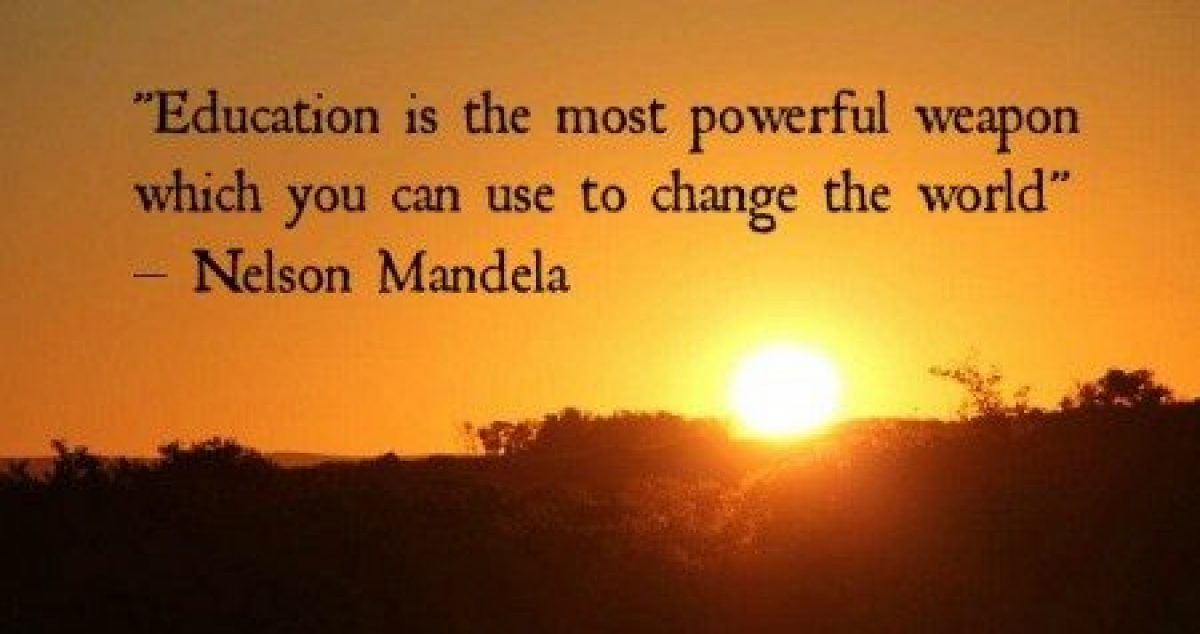“Song, music and dance can help children become more imaginative, self-aware and collaborative global citizens” (British Council, 2017). This statement for me, sums up the importance of the creative arts and this week I got to develop my knowledge and skills in dance. I used to do dancing when I was younger and thoroughly enjoyed it and found it was an exciting and fun way of keeping fit. However, I haven’t done it in a long time and so I was very anxious and apprehensive of this class. We began the class by taking part in a warm up and playing a few games. Some of these games were a lot of fun and would be great resource to use in the classroom. One of my favorites was called Splat. Splat is a game that involves following instructions therefore if the teacher shouts splat the children would lie on the floor or if they shout up they have to lift someone up. This was a very enjoyable and interactive game and one that i would definitely used throughout my placement experience.
We then looked at the 10 movements that as educators we should all know to make a fun and creative dance lesson: balance, hop, jump, kick, roll, slide, gesture, twist, turn and reach. These were discussed in the first dance input however i was off that day but i quickly caught up and was surprised to learn that as long as we know these movements we could create a dance lesson. Knowing this information put my mind at ease as it showed me that as an inspiring teacher, I don’t need to be the best dancer to teach and involve the pupils in a fun dance lesson.
Following on from the games, we then had to get into groups and create our own dance using the 10 movements. Once we had created that piece of dance we had to perform it to the rest of the class. I was very nervous and anxious to begin with, but after doing it I realized it wasn’t as bad as i thought it would be. We then as a class, came up with a move for each number from 0-9. Once we had done this, we went back to our groups and using one persons phone number and the moves we just came up with we created another piece of dance. I found this very interesting as it showed me that you can create a piece of dance as easy and simple as that and it would be a great tool for children. We then added the two pieces of dance that we created together. Then, as a class we were all given a piece of paper which displayed a Halloween move and we had to interpret a dance move from the image we were given. Once, each group had their move ready we showed every other group and put it all together as the beginning of our group dance.

I thoroughly enjoyed this workshop and I am looking forward to the next dance input. It opened my eyes to how simple strategies and games can help create a dance lesson. It showed me that even as young adults we are all individuals and even though a simple movement like ‘jump’ can be interpreted in so many different ways from each individual and therefore it is the same with children. Children are so creative and therefore will be able to use simple movements in a range of creative and fun ways to form a dance piece.
The rest of the afternoon focused on drama. We focused on a book called ‘The Tunnel’ by Anthony Browne. I found this lecture, in particular, very informative and interesting. We learned about various drama concepts such as voice in the head, mime, role on the wall, vox pop and thought tracking. The one i found to be the most fun and creative was voice in the head. I loved the idea of stepping out the story and explaining and demonstrating the thoughts and feelings on their side of the story. I think this would be a great lesson to teach with children as it gives them a chance to be creative and dive deeper into a character, instead of just looking at what appears to be on the outside they get to take their own interpretation of how that character may feel in the inside. Being given the chance in the workshop to look deeper into these concepts and put them into practice was very enjoyable and interesting. I felt out my comfort zone at first because I do tend to get quite shy when it comes to acting and drama, however by doing it in a group made it a lot easier and more fun.

Through participating in drama and dance lessons it has highlighted to me just how important teaching the expressive arts to children is. Expressive arts gives children the chance to “find out about and express their feelings and emotions and those of others” (ParentZone, 2016). In my opinion, it also allows children to be creative, expressive, develop their communication and social skills and encourages team building.
References:
Education Scotland, (2016). Parent Zone Scotland. [Available: https://education.gov.scot/parentzone/learning-in-scotland/curriculum-areas/Expressive%20arts] [Accessed: 29th October 2017].
British Council, (2015). Why song and dance are essential for a child’s development. [Available: https://www.britishcouncil.org/voices-magazine/why-song-and-dance-are-essential-childrens-development] [Accessed: 30th October 2017]

